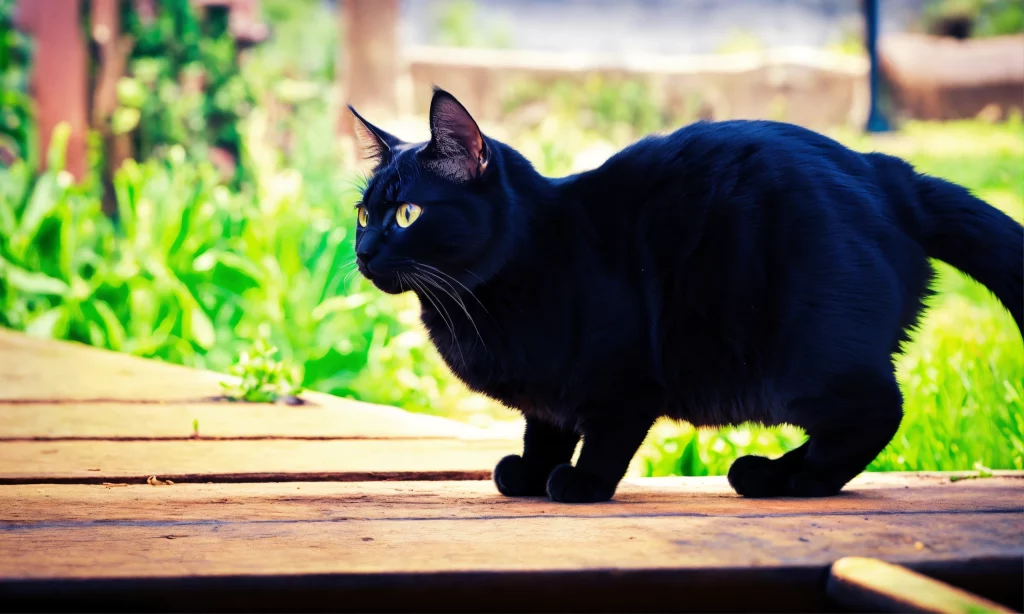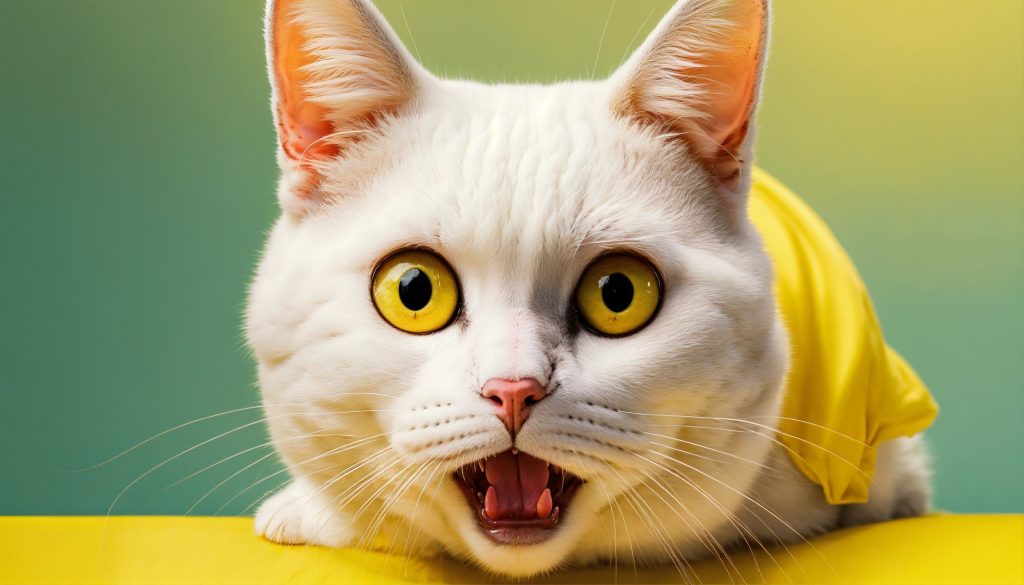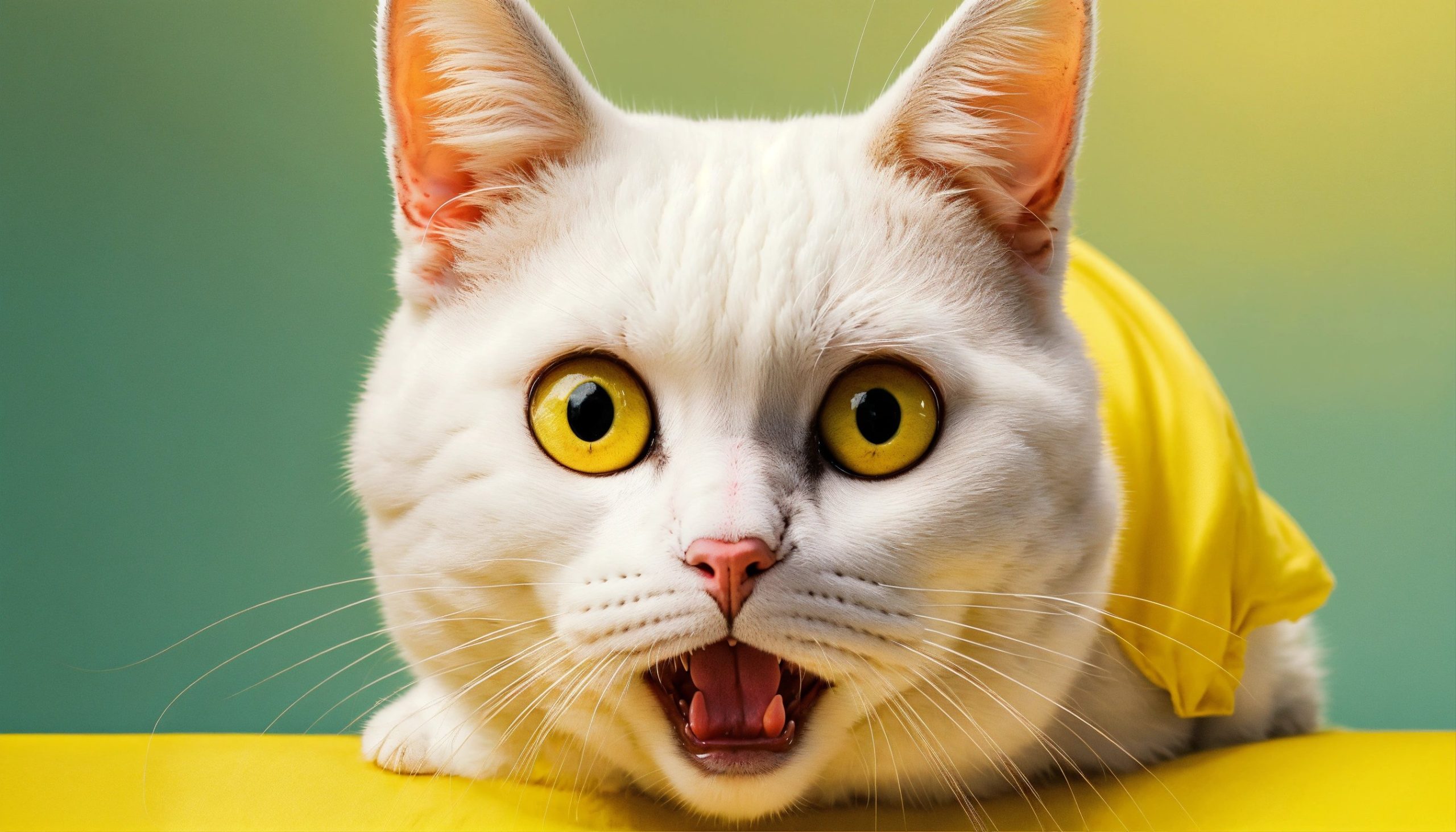Cats purring… While several feline species are capable of purring, the domestic cat is unique in directing this behavior predominantly towards humans. With a low frequency between 25-30 Hz, the cat’s purr evolved as a form of communication exclusive to their relationship with people. As kittens, they first learn to purr from their mother, using the soothing vibrations to attract maternal care and sustenance. According to behavioral expert João Pedro Monteiro, this instinctual action aims to elicit “a positive emotion” to ensure food and protection.
Decoding a Cat’s Purring Message
As cats mature and form bonds with human companions, their purrs take on new meaning. When emitting this distinctive sound towards people, the cat may communicate several intentions. A contented purr signals a desire for affectionate bonding through petting and quality time. However, if the person is unfamiliar, the cat will purr as a calming signal to placate any perceived threats. Simultaneously, body language like eye contact or paw kneading helps interpret whether the cat wants food, attention or simply to convey comfort in one’s presence. Through purring, domestic cats have uniquely adapted this vocalization into a sophisticated language for human-feline interaction and relationship building.
The Mystery of the Feline Purr
While the purr is a distinctive vocalization produced by domestic cats and a few wild cat species, many aspects of this behavior remain shrouded in mystery. Veterinarian Stefania Pineda notes that despite purring’s importance as a form of communication, the specific reasons for why and how cats purr are still not fully understood. The complex coordination of muscles and nerves required suggests an evolved trait, yet the precise evolutionary purpose behind purring has evaded scientific consensus. Further research is needed to unravel the full significance of this quintessential cat sound.
The Mechanics and Contexts of Purring
Through her studies, Dr. Pineda has learned that purring results from pads of fatty tissue within the larynx that allow cats to emit low-frequency vibrations between 25-30 Hz. For a purr to occur, the brain meticulously controls the laryngeal muscles to skillfully modulate airflow. Interestingly, while the soothing purr is often associated with relaxation, it may also arise in contexts of stress, pain or hunger. A cat will purr to communicate trust when calm on a human’s lap but equally when feeling threatened or unwell. The exact message seems dependent on additional physical cues and the animal’s disposition, highlighting purring’s multifaceted role in feline expression.

Purring Across Species and Individuals
Among felines, the domestic cat is not alone in its ability to purr. Certain wild cats like the puma, ocelot and lynx also possess this vocal talent. However, domestic cats stand out for directing purrs predominantly toward human companions rather than just other felines. The volume of a purr further varies between individuals, with louder purrs not correlating to greater contentment levels. Kittens begin practicing this social skill from their earliest weeks to strengthen bonds within the litter. Adult cats continue to purr both for their own possible stress relief and to foster close relationships.
Speculation on Purring’s Healing Properties
Some experts theorize purring may benefit cats through vibrations akin to a massage. Its occurrence in painful situations lends credence to this notion, though definitive evidence is scarce. If purring can ease physical or emotional discomfort, it would represent an ingenious self-soothing mechanism. While more research on cats’ neurophysiology is needed, the idea of purring as a healing act continues attracting interest. Whether for communication or recovery, this enigmatic vocalization remains a fascinating facet of feline behavior deserving further scientific peel back of its layers.

Decoding the Messages of the Purr
When a cat directs a purr toward humans, behavior analysts say it likely aims to convey one of several messages depending on context clues. With familiar people, the purr signals happiness and a wish to bond through petting. Toward strangers, it acts as a placating signal to reduce perceived threats. Simultaneous body language like eye squinting or paw kneading assists decoding the purr’s intent, be it a request for affection, food or simply to express contentment. As the sole feline vocalization domesticated for human-directed use, the cat purr epitomizes the deep social connection between these species.

